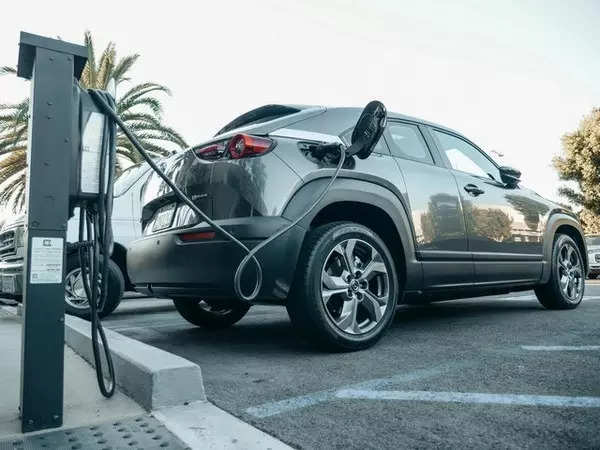
India has come a long way in transforming its roads to electric. According to IBEF, India is the world’s third-largest automobile market, the largest manufacturer of three-wheelers, passenger vehicles, and tractors, and the second-largest manufacturer of two-wheelers. The country is poised to become the largest by 2030.
Understanding the vast opportunities and benefits of electric vehicles, the Indian Government in recent years has taken commendable and encouraging steps to develop and strengthen this ecosystem. India today is one of those countries which proudly supports the EV 30@30 Campaign, aimed at realizing the benefits of electric mobility for innovation, economic, industrial development, energy security, and reduction of local air pollution by reaching 30% sales share for EVs by 2030.
With the recently announced NDA government at the helm for a 3rd time, the Finance Minister of India, Smt. Nirmala Sitharaman, will table the Union Budget 2024-25 next month, and we expect that this will lay the foundation stone of developing a robust EV ecosystem in the country to achieve our sustainable development goals and position India as a global EV leader.
The EV sector in the country scaled new heights recently with 100% FDI, new manufacturing hubs, better charging infrastructure, battery manufacturing, subsidies, favourable policies and incentives. The Union Cabinet also paved the way for a production-linked incentive scheme to boost the manufacturing of electric vehicles, their components and cells/batteries. The EV market in India, as per an independent study by CEEW Centre for Energy Finance (CEEW-CEF), will be a USD 206 billion opportunity by 2030. A shift towards clean mobility is surely a much-needed step here and for this, along with rationalization of taxation policies, this year we expect more announcements of schemes, policies and moves such as the Faster Adoption and Manufacturing of (Hybrid and) Electric Vehicles in India (FAME) III scheme to make electric vehicles affordable and develop EV infrastructure in the country.
FAME II scheme was incredibly successful and paved the way for EVs to set foot. After its end in March 2024, the industry has been reeling and was unable to recover under the 4-month interim EMPS scheme where subsidies were reduced by 50%. We expect that the government will announce FAME III subsidies at the same levels of FAME II and continue to boost such initiatives to develop a robust charging infrastructure across the country that will go a long way in broadening the scope of opportunities. Subsidies for commercial vehicles need to continue, and should include LCVs too, which will power the regional routes outside cities. We expect rationalization of taxation policies until cell manufacturing is indigenized at commercial scale.
This year, we expect announcements that will address the existing challenges such as reduced criteria in PLI to support young companies; push to nationalized banks for financing of EVs; and a small budget for standing guarantor for FLDG in vehicle financing.
Today, there is also a strict need to pump investments in infrastructure building and an efficient regulatory approval mechanism will also benefit the sector. Moreover, tax reliefs on EV charging-as-a-service will motivate charging point operators to set up businesses and tackle the issue of lack of availability of charging points practically and easily. There is also a need to be more liberal with infrastructure spending and subsidizing services in residential areas for better EV penetration in the country.
With large-scale internet penetration, e-commerce and logistics services have boomed in the country, leading to a surge in demand for last-mile delivery vehicles. The big e-commerce players in India are now revamping their approach to adopt sustainable and responsible delivery models to reach their customers and many of them have set a target of introducing electric vehicles in their logistics and delivery network. There is an increased awareness and interest in having sustainable modes of transport as several cities continue to face higher pollution levels than ever before. We expect the Budget 2024 will focus on giving incentives to businesses who adopt EVs for last-mile delivery operations and will also make announcements on creating robust manufacturing capabilities to cater to the rising demand across the country.
Also, the EV ecosystem in India is still in a nascent stage and there is a need to train a large part of the workforce in manufacturing and after-sales services. There is a need to focus on large upskilling schemes and programs to make the workforce ready to work in this growing industry. We expect the Budget will announce funds to skill India and also on reskilling the workforce as per the technology demands.
We expect Budget 2024 will announce mass public programs and schemes to raise awareness, much like LED and rooftop solar campaigns, and influence customer behaviors, and encourage buyers to adopt electric mobility for a better future and greener India.

